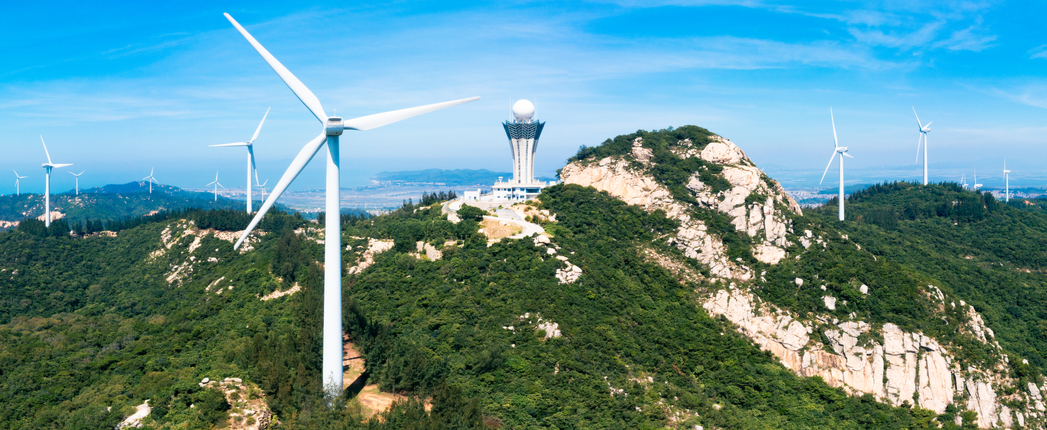
An increase in renewable power in China to support the country’s strong growth in electrification is expected to be key to decarbonizing the country’s energy system, according to BP’s 2022 Energy Outlook.
Released last month, this year’s BP Energy Outlook covers three scenarios out to 2050, based on how the world’s energy use will evolve to cut down on carbon emissions: accelerated, net zero and new momentum. Under the first two, more aggressive tightening of climate policies brings about a larger and sustained reduction in carbon dioxide-equivalent emissions. The new momentum scenario assumes a continuation of current progress toward restructuring the global energy system.
The outlook projects that China’s share in global energy demand will remain at 22% out to 2050 under all three scenarios.
Projected carbon emissions for China vary drastically under the three scenarios. In the new momentum scenario, emissions would decrease by around 52% in 2050. Under the tighter climate policies in the accelerated and net zero scenarios, the company’s emissions would decrease by 90% and 98%, respectively.
In 2019, the country’s primary energy consumption was dominated by coal’s 56% share and oil’s 20% share, with renewables – including biofuels – accounting for less than 8%. Those shared change drastically in 2050 under the accelerated and net zero scenarios, with renewables skyrocketing to the 60% range, coal dropping to less than 5% and oil declining to single digit percentages. Under the new momentum scenario, renewables rise to account for 37%, coal slips to 19% and oil decreases to a 14% share.
The consumption of renewables in China, including biofuels, is expected to skyrocket in China under the accelerated and net zero scenarios, from 10 exajoules in 2019 to the 90 range by 2050, an increase of around 800%. One watt is defined as one joule per second, and an exajoule is equal to one quintillion joules.
China’s nuclear energy consumption is projected to increase by 380% under the accelerated scenario and 420% under the net zero scenario from 3.1 exajoules in 2019 to 15-16 in 2050. Under the new momentum scenario, the increase would still be by more than 300% to 13 exajoules.
The country’s consumption of coal as primary energy is projected to drastically decrease out to 2050 – by more than 2,000% — under accelerated and net zero scenario, from 82 exajoules in 2019 down to single digit exajoules.